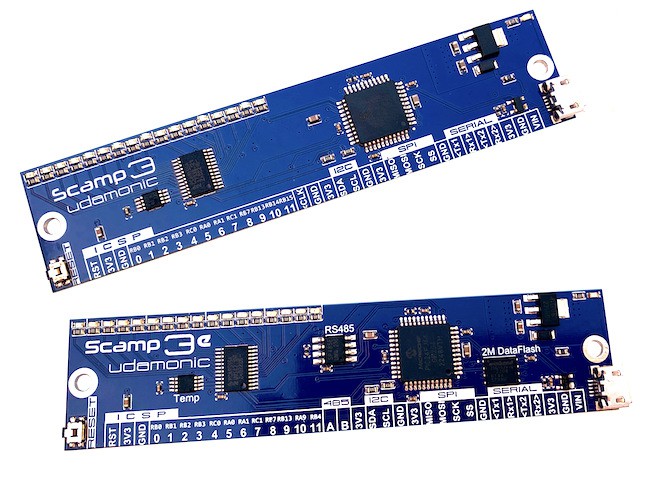Introduction
Embedded systems development is a realm where efficiency, precision, and resource optimization reign supreme. As someone deeply immersed in this field, I've had the privilege of witnessing the evolution of programming languages and their impact on embedded systems. Today, I want to shed light on a programming language that has been my trusted ally for decades – Forth. In this article, I'll delve into the advantages of Forth for embedded systems, drawing from my extensive experience as an electronics engineer, R&D manager, and author in this domain.

The Elegance of Simplicity
Forth's unique approach to programming is rooted in its simplicity. It's a stack-based, postfix notation language, which may sound unconventional at first, but it's precisely this simplicity that makes it exceptionally powerful for embedded systems. In the world of constrained resources, every byte of memory and every CPU cycle count. Forth's minimalistic syntax and small runtime footprint ensure that you can do more with less.
Efficient Resource Utilization
Embedded systems often have limited resources, making memory and processing power scarce commodities. Forth's lightweight nature and minimalistic syntax allow you to make the most of these precious resources. It excels in situations where other high-level languages may struggle due to their resource-hungry features.
Total Control over Hardware
One of Forth's standout features is its ability to interact directly with hardware. This low-level access allows you to harness the full potential of your embedded hardware. As an embedded systems engineer, having the capability to fine-tune and optimize every aspect of your system is invaluable. Forth gives you this power without compromising on safety or control.
Rapid Prototyping and Development
In the fast-paced world of embedded systems, time is often of the essence. Forth's interactive development environment allows for rapid prototyping and iterative testing. You can tweak code on the fly and immediately see the results, reducing development cycles and speeding up time-to-market.
Small Footprint, Big Impact
One of the perennial challenges in embedded systems is fitting functionality into a small footprint. Forth's compact runtime and efficient use of memory are instrumental in achieving this goal. It allows you to build feature-rich applications without bloating your codebase.
Real-time Capabilities
Many embedded systems require real-time responsiveness. Forth's lightweight nature and predictable execution make it well-suited for real-time applications. You can meet stringent timing requirements with confidence, knowing that Forth won't introduce unpredictable delays.
Conclusion
In the ever-evolving landscape of embedded systems development, Forth stands as a testament to the power of simplicity and efficiency. As someone deeply involved in this field, I have witnessed firsthand how Forth can revolutionize the way we approach embedded programming. Its elegance, resource efficiency, hardware control, and portability make it a compelling choice for engineers and developers alike.
If you're looking to optimize your embedded systems projects, consider embracing Forth. Its unique characteristics may take some getting used to, but the rewards in terms of code efficiency, resource utilization, and real-time capabilities are well worth the journey. Forth is not just a programming language; it's a paradigm shift that empowers embedded systems developers to do more with less.
Go to https://udamonic.com/index.html and learn more about what Forth can do for you.
 johncatsoulis
johncatsoulis
Discussions
Become a Hackaday.io Member
Create an account to leave a comment. Already have an account? Log In.